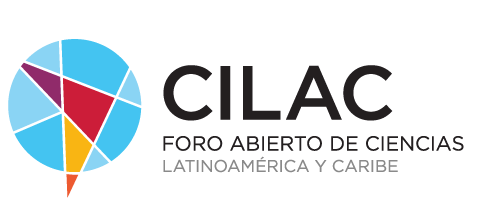
Although we are increasingly more efficient, we do not stop reproducing and in the world there are more and more people polluting, so emissions can hardly be stopped if we simply bet everything on consuming less: either we stop having children, or we develop new technologies. . There's not much more.
Proof of this is the pet food industry. There are so many people with pets, there is so much demand for dry food for them, that their carbon footprint is already equivalent to that of entire countries, as detailed a new analysis carried out by researchers from the University of Edinburgh: the first to assess the global environmental impact of pet food production.
280 types of foods
Around 49 million hectares of agricultural land, about twice the size of the United Kingdom, are used annually to make dry cat and dog food, which represents 95% of pet food sales.
The team analyzed data on the main ingredients in more than 280 types of dry pet foods available in the United States and Europe, regions that account for two-thirds of global sales.
The researchers combined the findings with data on the environmental impacts of producing the ingredients.
Annual greenhouse gas emissions were 106 million tons of carbon dioxide. A country producing the same levels would be the sixtieth largest emitter in the world. The industry's total environmental impact will be greater as the new study only looked at dry pet food production
–
The news
The carbon footprint of pet food production already exceeds countries like Mozambique and the Philippines
was originally published in
Xataka Science
by
Sergio Parra
.


























